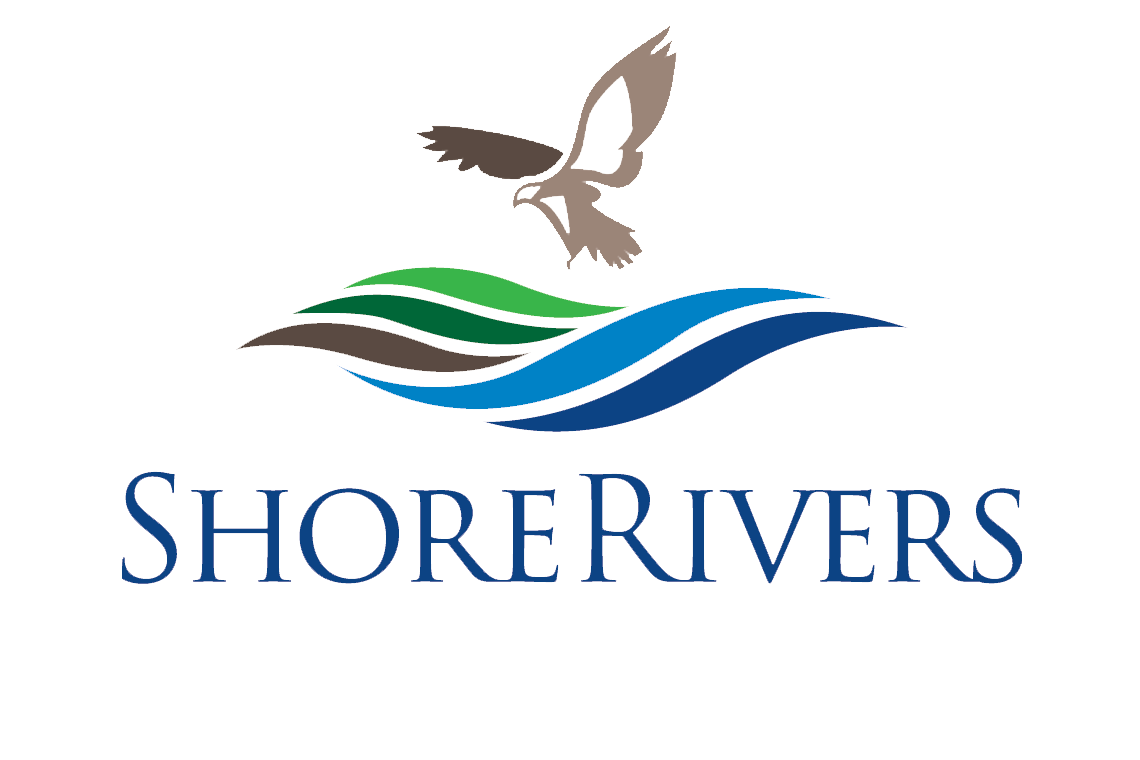NRCS partners, Chesapeake Bay Foundation and ShoreRivers, recently received a combined $150,000 for conservation innovations.
By CHRISTINA ACOSTA cacosta@chespub.com
Aug 22, 2018
ANNAPOLIS — Two Maryland organizations recently received a combined $150,000 through the USDA Natural Resources Conservation Service state Conservation Innovation Grants. The projects support water quality and soil health innovations.
ShoreRivers, Inc. was one of the recipients. The grant will help assess the potential conservation and agronomic impacts of tile risers and dense pattern tile on sediment and nutrient loss from farms on Maryland’s eastern shore.
The Chesapeake Bay Foundation was the second recipient. They plan to use the grant money to work with farmers to evaluate the impacts of innovative soil amendment mixtures, including fluvic and humic acid, hydrolyzed fish, lime, and molasses, on the soil microbiome and short-term soil health.
“These grants will help spur creativity and problem solving on Maryland’s farms,” said Terron Hillsman, NRCS state conservationist in Maryland. “The projects continue Maryland’s commitment to improving soil health and water quality in the Chesapeake Bay watershed.”
ShoreRivers wrote the grant back in June to investigate more environmentally friendly methods to effectively drain farm fields; because in farmed closed depressions, a typical drainage tile line is ineffective at removing water quickly, necessitating a surface inlet.
The intention is to increase productivity of fields through better drainage while minimizing the impacts of sediment and nutrients (nitrogen and phosphorus) from tile drained systems to receiving waters and ultimately the Chesapeake Bay.
“This grant is research focused, but will implement a large scale best management practice in a farm field,” said Director of Agriculture and Restoration Timothy Rosen. “This will entail both engineering and construction oversight followed by the execution of a sampling plan to collect relevant data needed to assess the efficacy of dense pattern tile at reducing sediment and nutrient impacts, while maintaining or increasing productivity. If weather permits the project will be installed in the winter and once installed sampling will begin.”
The Chesapeake Bay Foundation wrote their grant application in April. The foundation is aiming to evaluate, through farm research, the effectiveness of innovative inputs to improve the soil ecosystem and determine if there are resulting measurable forage and crop benefits.
This project is designed to evaluate the effectiveness of innovative inputs in improving soil health and farm productivity. They will rigorously test inputs (on eight farms) to evaluate whether they improve the soil ecosystem and crop and forage quality.
Farm soil ecosystems become routinely compromised by disturbances such as tillage, mowing, and many fertilizer and pesticide inputs. Several farmers from the Maryland Grazers Network have asked to participate in a careful analysis of these innovative inputs on the quality of the forages on their farms.
If the results are positive, Chesapeake Bay Foundation will share the results to encourage other farmers to use these inputs. If the results are inconclusive it will provide farmers useful information in making decisions on whether or not to invest in such inputs. They will rigorously test inputs (on eight farms to evaluate whether they improve the soil ecosystem and crop and forage quality.
Chesapeake Bay Foundation will work with these producers and other innovative farmers, including at least one grain producer, to evaluate the effectiveness of these treatments. The farms will include dairy, beef, sheep and crop and will be located in Washington, Frederick, Kent, Prince George’s and Queen Anne’s counties.
There is increased interest at the state, national and global level in improving soil health, according to Chesapeake Bay Foundation’s Director of Science and Agricultural Policy Beth McGee. According to a 2014 NRCS National Forum on soil health, healthy soils with 3 percent organic matter can hold 160,000 gallons of water per acre, making these soils more resilient to weather extremes of drought and high precipitation.
In addition, healthy soil biology, for example the microbiome, is a powerful force in cycling nutrients and making these nutrients more available for plant growth. Healthy soils can lead to water quality improvements by reducing the need for inputs like fertilizer and pesticides, and helping to reduce runoff of nutrients and soils.
Maryland and the other watershed jurisdictions developed detailed watershed implementation plans describing the actions they would take by 2025 to achieve the necessary pollution reductions. Maryland relies heavily on reductions from agriculture to achieve its water quality goals.
“We have a hypothesis that adding amendments to soil to help build soil health, and will better hold water that will produce runoff,” said McGee. “[It] Might result in better yields for farmers in these amendments. The grants are focused on anecdote about the ability of these amendments to build soil health, and testing out those hypothesis. If it is successful, it could be a powerful tool for farmers to increase productivity, increase their resistance to climate extremes like droughts and flooding.”
Natural Resources Conservation Service administers Conservation Innovation Grants as part of the Environmental Quality Incentives Program. NRCS uses CIG to invest in innovative conservation technologies and approaches with the goal of wide-scale adoption to address a wide range of natural resource issues.
For more information on NRCS, visit www.nrcs.usda.gov.


